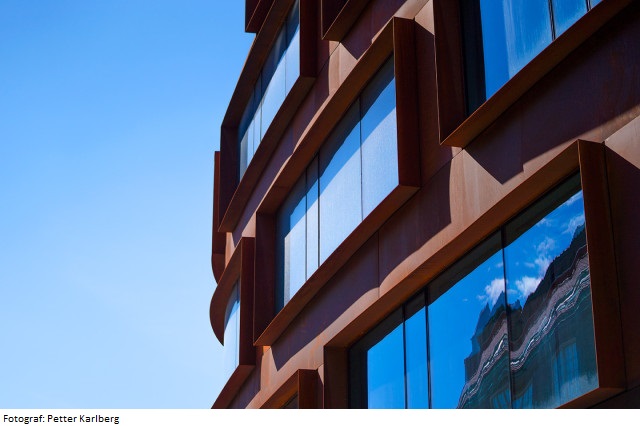The course consists of a series of 10-12 lectures combined with workshop-assignments and seminar discussions
AD236V Architecture and Gender: Introduction 7.5 credits

The course aims at providing tools for pursuing feminist interpretations of architecture and by extension creating new architecture. In the course we will study contemporary feminist theory and architectural practices and investigate how buildings and other built or arranged structures relate to them.
Information per course offering
Choose semester and course offering to see current information and more about the course, such as course syllabus, study period, and application information.
Information for Autumn 2026 Start 24 Aug 2026 single courses students
- Course location
KTH Campus
- Duration
- 24 Aug 2026 - 11 Jan 2027
- Periods
Autumn 2026: P2 (4 hp), P1 (3.5 hp)
- Pace of study
25%
- Application code
11359
- Form of study
Normal Daytime
- Language of instruction
English
- Course memo
- Course memo is not published
- Number of places
10 - 25
- Target group
- Non-programme students / Single course students and professionals in the industry
- Planned modular schedule
- [object Object]
- Schedule
- Schedule is not published
- Part of programme
- No information inserted
Please note that Students not located in Sweden may have problems attending a course at KTH.
You could meet obstacles if you're required to pay fees or if you do not have a Swedish Mobile BankID.
Contact
Course syllabus as PDF
Please note: all information from the Course syllabus is available on this page in an accessible format.
Course syllabus AD236V (Autumn 2010–)Content and learning outcomes
Course disposition
Course contents
In the course we will study contemporary feminist theory and architectural practices and investigate how buildings and other built or arranged structures relate to them. We will pursue a feminist critique of architectural culture and its relation to sexuality, ethnicity, class, and as preserving power in relation to ’masculinist’ aesthetics and taste. The course is structured around a series of concepts, such as for example hetero normativity, gender performance, and intersectionality, that are discussed in their relation to architecture.
Intended learning outcomes
The course aims at providing tools for pursuing feminist interpretations of architecture and by extension creating new architecture. In the course we will study contemporary feminist theory and architectural practices and investigate how buildings and other built or arranged structures relate to them.
After the course the student has developed basic tools for pursuing feminist interpretations of architecture and by extention creating new architecture.
Literature and preparations
Specific prerequisites
- At least 30 credits' university studies.
- Documented proficiency in English B/English 6 or equivalent.
Recommended prerequisites
Previous studies in art, design, architecture or/and gender studies, or corresponding work-experience gives a good background for the course. Contact the examiner for further information.
Literature
Litteraturlista ges vid kursstarten.
Examination and completion
Grading scale
Examination
- MOM1 - Active Participation 80%, 5.0 credits, grading scale: P, F
- MOM2 - Accepted and Presented Assignment, 2.5 credits, grading scale: P, F
Based on recommendation from KTH’s coordinator for disabilities, the examiner will decide how to adapt an examination for students with documented disability.
The examiner may apply another examination format when re-examining individual students.
If the course is discontinued, students may request to be examined during the following two academic years.
Other requirements for final grade
MOM1 - Active Participation 80%, 5 credits, grade scale: P, F
MOM2 - Accepted and Presented Assignment, 2.5 credits, grade scale: P, F
To obtain final grade, both moments shall be passed.
Examiner
Ethical approach
- All members of a group are responsible for the group's work.
- In any assessment, every student shall honestly disclose any help received and sources used.
- In an oral assessment, every student shall be able to present and answer questions about the entire assignment and solution.